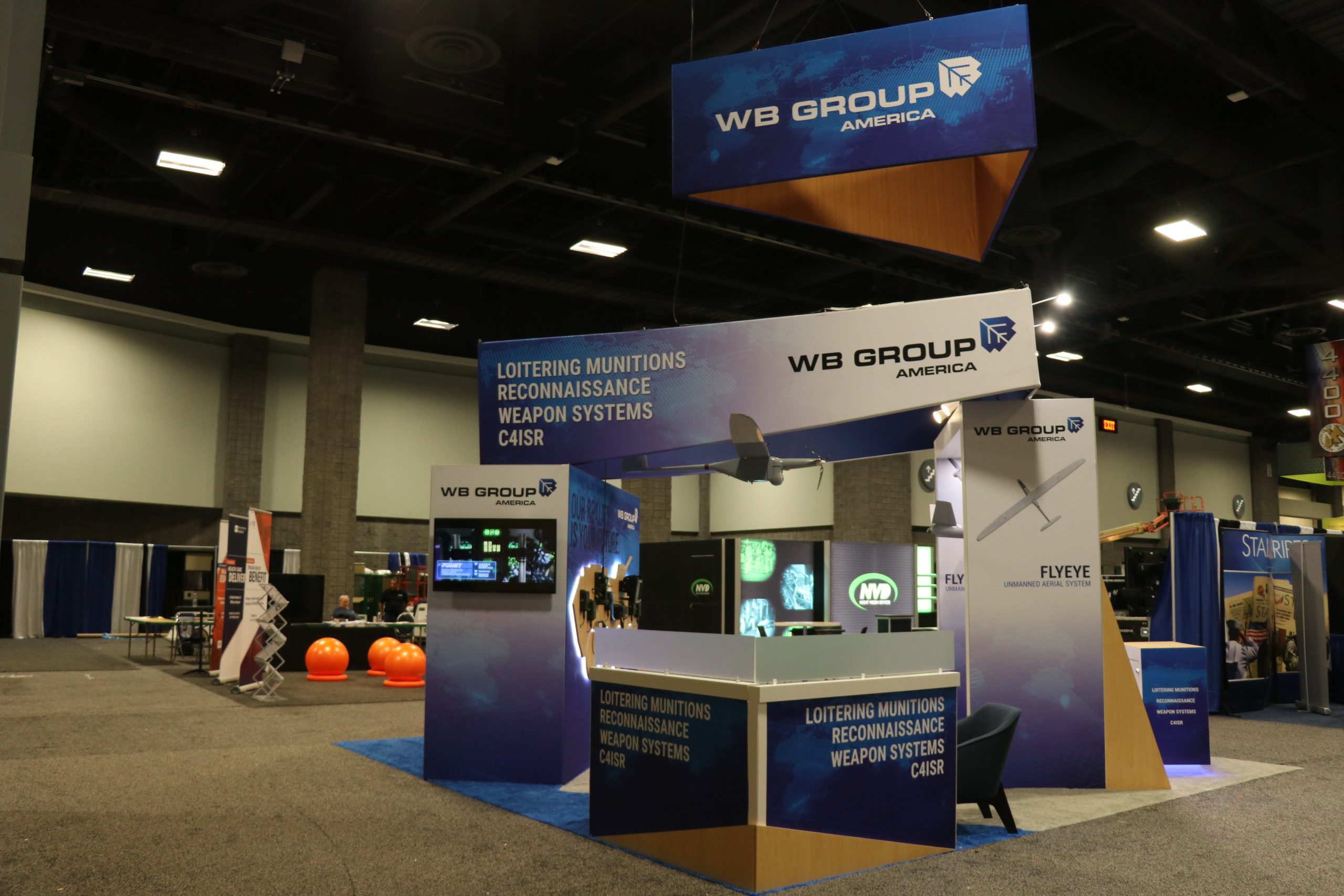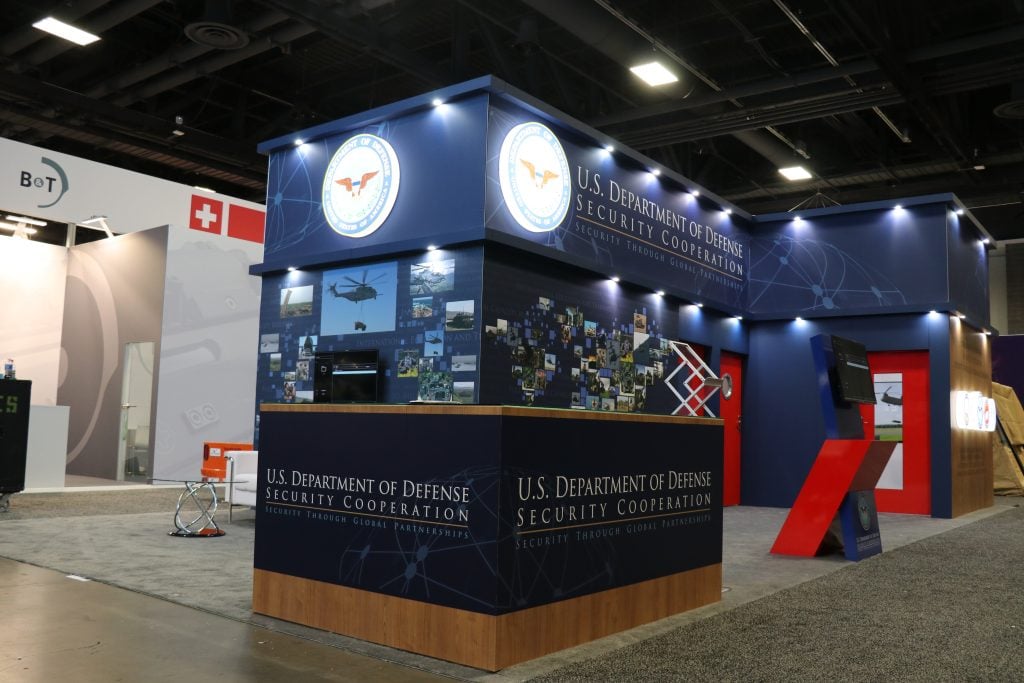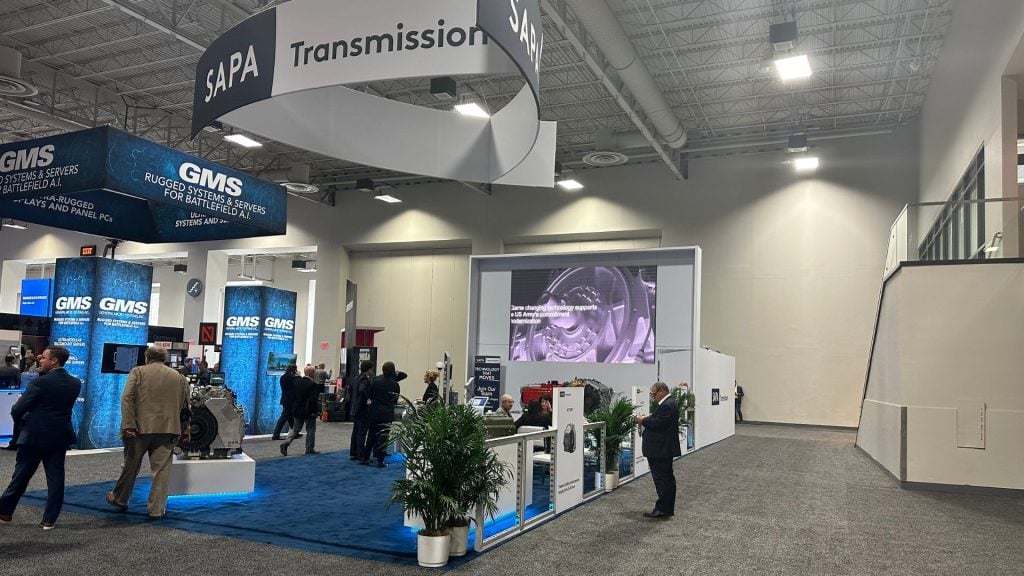
Introduction
In the rapidly evolving landscape of trade shows, exhibitors are constantly seeking innovative ways to engage attendees and create memorable experiences. Biometric technology, which includes fingerprint recognition, facial recognition, and eye tracking, is emerging as a powerful tool to revolutionize trade show display design.
By integrating biometric technology, exhibitors can enhance personalization, improve security, and gather valuable data, all while creating a cutting-edge and interactive experience for visitors. This blog explores the integration of biometric technology in trade show display design and its transformative impact on the industry.
1. Understanding Biometric Technology:
What is Biometric Technology? Biometric technology refers to the automated recognition of individuals based on their physical or behavioral characteristics. Common types include:
- Fingerprint Recognition: Identifying individuals based on unique fingerprint patterns.
- Facial Recognition: Using facial features to identify or verify a person.
- Eye Tracking: Monitoring eye movements to understand where and how individuals are focusing their gaze.
- Voice Recognition: Identifying individuals through unique vocal characteristics.
Applications in Trade Shows: Biometric technology can be applied in various ways to enhance the trade show experience:
- Personalized Interactions: Tailoring content and experiences based on biometric data.
- Enhanced Security: Providing secure access control and protecting sensitive information.
- Data Collection: Gathering insights into attendee behavior and preferences.
2. Personalized Interactions:
Creating Custom Experiences: Biometric technology allows for the creation of highly personalized interactions at trade show booths.
- Tailored Content: Facial recognition can identify returning visitors and tailor content specifically for them, displaying personalized messages, product recommendations, or special offers.
- Interactive Displays: Eye tracking technology can determine which parts of a display are capturing the most attention, allowing real-time adjustments to content for maximum engagement.
- Instant Feedback: Fingerprint or facial recognition can be used to quickly gather attendee feedback and preferences, enabling exhibitors to adapt their approach on the fly.
3. Enhanced Security:
Secure Access Control: Biometric technology enhances security at trade shows by ensuring that only authorized individuals have access to restricted areas.
- Entry Management: Facial recognition can streamline the check-in process, reducing wait times and enhancing security by preventing unauthorized access.
- Data Protection: Biometric authentication can safeguard sensitive data and transactions, providing an additional layer of security for both exhibitors and attendees.
4. Data Collection and Analysis:
Gathering Behavioral Insights: Biometric technology provides a wealth of data on attendee behavior, helping exhibitors understand their audience better.
- Engagement Metrics: Eye tracking data can reveal which displays and products are attracting the most attention, enabling exhibitors to optimize their layouts and presentations.
- Visitor Demographics: Facial recognition can help gather demographic information about visitors, such as age and gender, allowing for more targeted marketing efforts.
- Feedback and Preferences: Biometric data can be used to collect real-time feedback on visitor preferences and reactions, facilitating immediate improvements and more effective follow-up strategies.
5. Implementing Biometric Technology:
Choosing the Right Technology: Selecting the appropriate biometric technology depends on the specific needs and goals of your trade show booth.
- Budget Considerations: Assess the cost-effectiveness of different biometric solutions and choose one that fits within your budget while providing the desired benefits.
- Integration with Existing Systems: Ensure that the chosen biometric technology can be seamlessly integrated with your existing systems and infrastructure.
- Privacy and Compliance: Address privacy concerns by implementing robust data protection measures and ensuring compliance with relevant regulations, such as GDPR.
Training and Support: Proper training and support are essential for the successful implementation of biometric technology.
- Staff Training: Train booth staff on how to use biometric systems effectively and how to address any potential issues or concerns from attendees.
- Technical Support: Provide ongoing technical support to ensure the smooth operation of biometric technology throughout the trade show.
6. The Future of Biometric Technology in Trade Shows:
Emerging Trends: As biometric technology continues to evolve, new trends and applications are emerging that will further transform trade show display design.
- Multimodal Biometrics: Combining multiple biometric technologies, such as facial recognition and voice recognition, for enhanced accuracy and security.
- Augmented Reality (AR): Integrating biometric data with AR to create highly immersive and personalized experiences.
- AI and Machine Learning: Leveraging AI and machine learning to analyze biometric data and provide deeper insights into attendee behavior and preferences.
Sustainable Practices: Biometric technology can also support sustainability efforts by reducing the need for physical materials, such as printed tickets and brochures, and minimizing waste.
Conclusion:
The integration of biometric technology in trade show display design offers numerous benefits, from personalized interactions and enhanced security to valuable data collection and analysis. By adopting these advanced technologies, exhibitors can create more engaging, secure, and efficient trade show experiences.
As biometric technology continues to advance, its applications in trade shows will expand, offering even more opportunities for innovation and impact. Embracing these technologies not only sets exhibitors apart but also positions them at the forefront of the industry, leading the way in creating the trade shows of the future.


 Global
Global Europe
Europe

